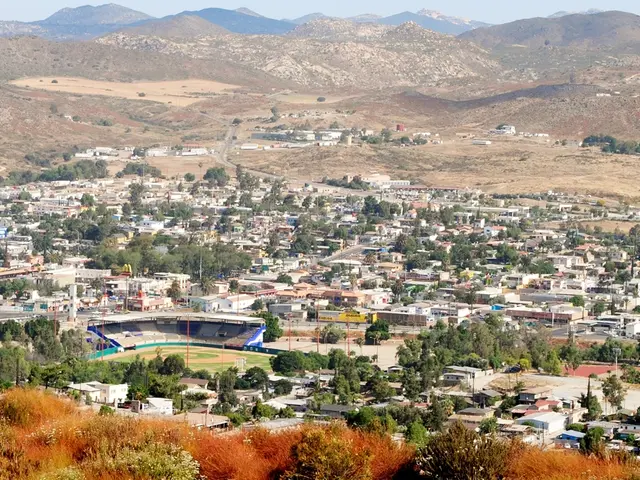Venus's outer appearance is undergoing a transformation
In a groundbreaking study published in Science Advances on May 14, a team of researchers, led by Dr. Anna Gülcher from the University of Bern in Switzerland, have provided compelling evidence that Venus, long thought to be "geologically dead," may in fact be geologically active.
Dr. Gülcher, who specialises in Earth and planetary science, and her team have been studying tectonic activity on Venus. Their research, which pairs computer models with spacecraft data, suggests that hot plumes of rock are shaping the circular mountain belts, known as coronae, on the surface of Venus.
The team identified plumes beneath 52 coronae on Venus using their computer model and satellite data. According to their findings, these plumes are responsible for sculpting the coronae in various ways, including subduction - a process similar to that which leads to the world's largest quakes on Earth.
The gravity data revealed that the density of material below the surface differed at various spots, which were linked to plumes seen rising from below. The surface of Venus is tectonically active due to these hot plumes, with the crust around coronae potentially cracking and dropping into the planet's mantle, similar to honey dripping.
If Venus is geologically active today, it raises the possibility that it could have been Earthlike in the past, leading to questions about a potentially less hot and more habitable period in Venus' history. This discovery could have significant implications for future Venus missions, as the pairing of computer models with spacecraft data has proven to be beneficial and could be useful for such missions.
The upcoming VERITAS spacecraft, which will gather much more detailed data than Magellan did in the early 1990s, will provide further insights into the geological activity on Venus. The findings of this study support the idea that tectonics are active today on Venus, adding a new chapter to our understanding of this mysterious planet.
Read also:
- Understanding Hemorrhagic Gastroenteritis: Key Facts
- Stopping Osteoporosis Treatment: Timeline Considerations
- Tobacco industry's suggested changes on a legislative modification are disregarded by health journalists
- Expanded Community Health Involvement by CK Birla Hospitals, Jaipur, Maintained Through Consistent Outreach Programs Across Rajasthan






